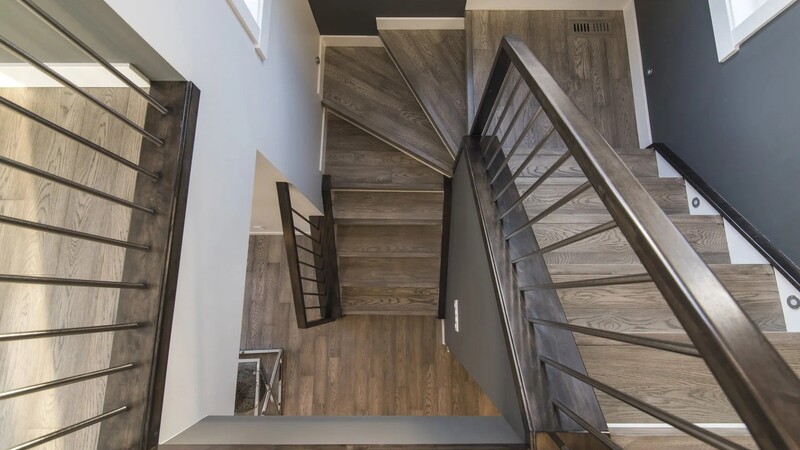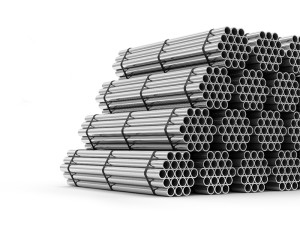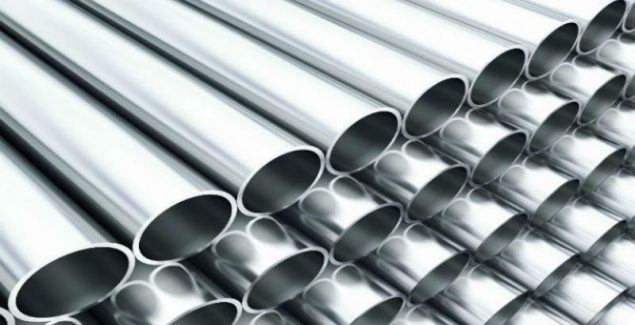While lead is not used in all industries and in some applications, such as water systems, it is no longer used; it is still a central material in many types of projects. Lead can be treated after it is installed or used to prevent the risk of exposure to lead, which is a factor to consider both in the use of the material as well as in the environment.
For use in construction, waterproofing and in shielding for radiation, lead is a critical material. Using this material in the specific code and building requirements it is extremely safe and highly effective at waterproofing, soundproofing and eliminated the risk of radiation exposure outside of specific rooms, areas or buildings.
There are many different types or forms of lead used in these applications. Lead bricks or blocks are usually used when significant levels of radiation are present and permanent, or semi-permanent structures are required. Other common forms of lead used in multiple applications include lead plate and sheet lead.
The Benefits of Lead Sheet
Lead plate and sheet lead are formed using a similar process. This includes the use of industrial rolling mills to evenly flatten out the lead to the precise, desired thickness. Plate is thicker than sheet material, but it is also less flexible and more challenging to work with due to the weight of lead. This needs to be carefully considered both for installation logistics as well as structural considerations in buildings and on walls.
The use of sheet lead is most common for construction of x-ray and imaging rooms in medical facilities. The sheet is applied directly to the walls and can also be used on doors and other structures in the room for a complete covering without any gaps.
In some applications, including where radiation is used for other applications, the choice of lead sheets is also effective to reduce sound as well as to dampen or reduce any mechanical vibration when equipment is in use.



